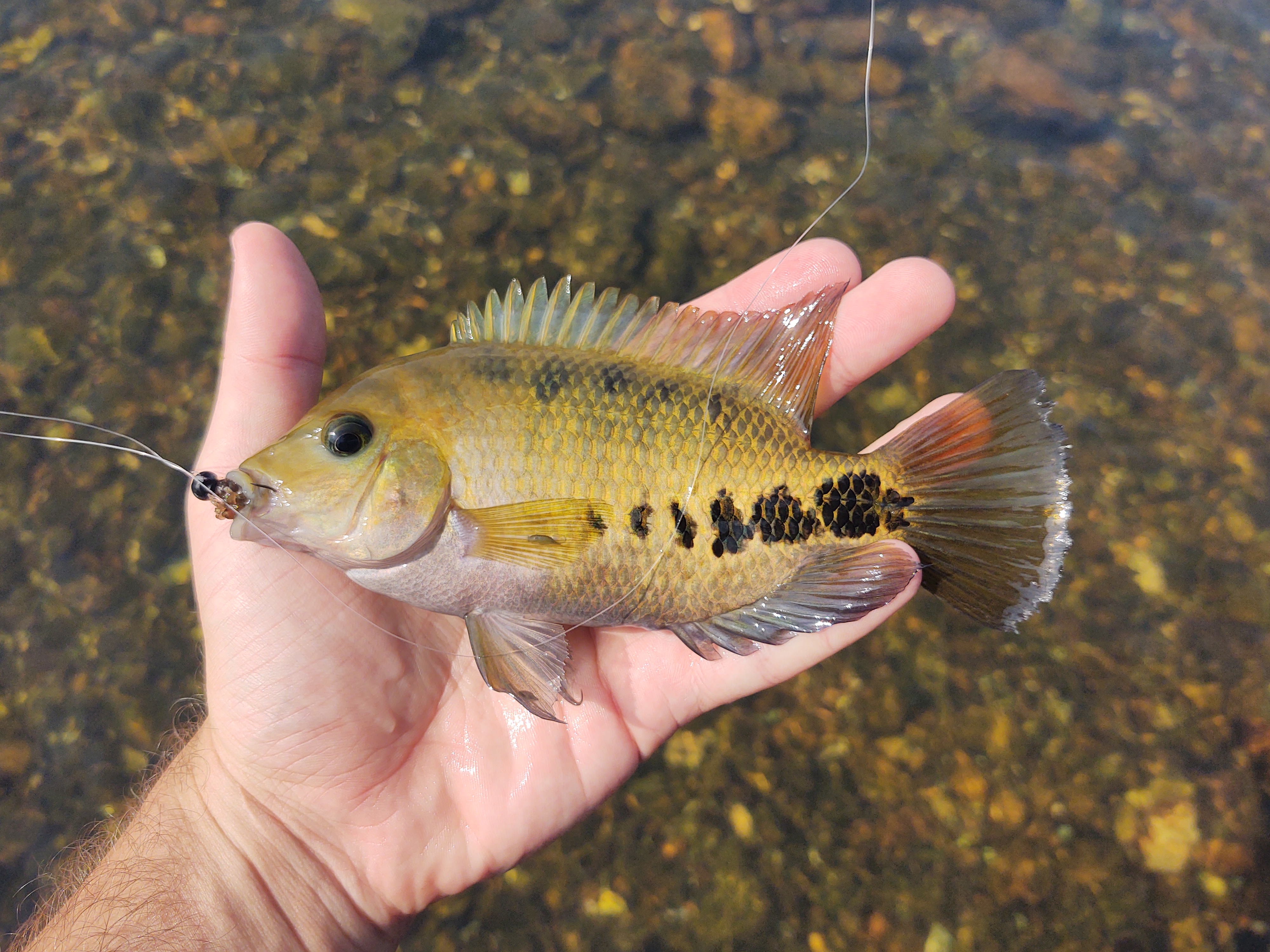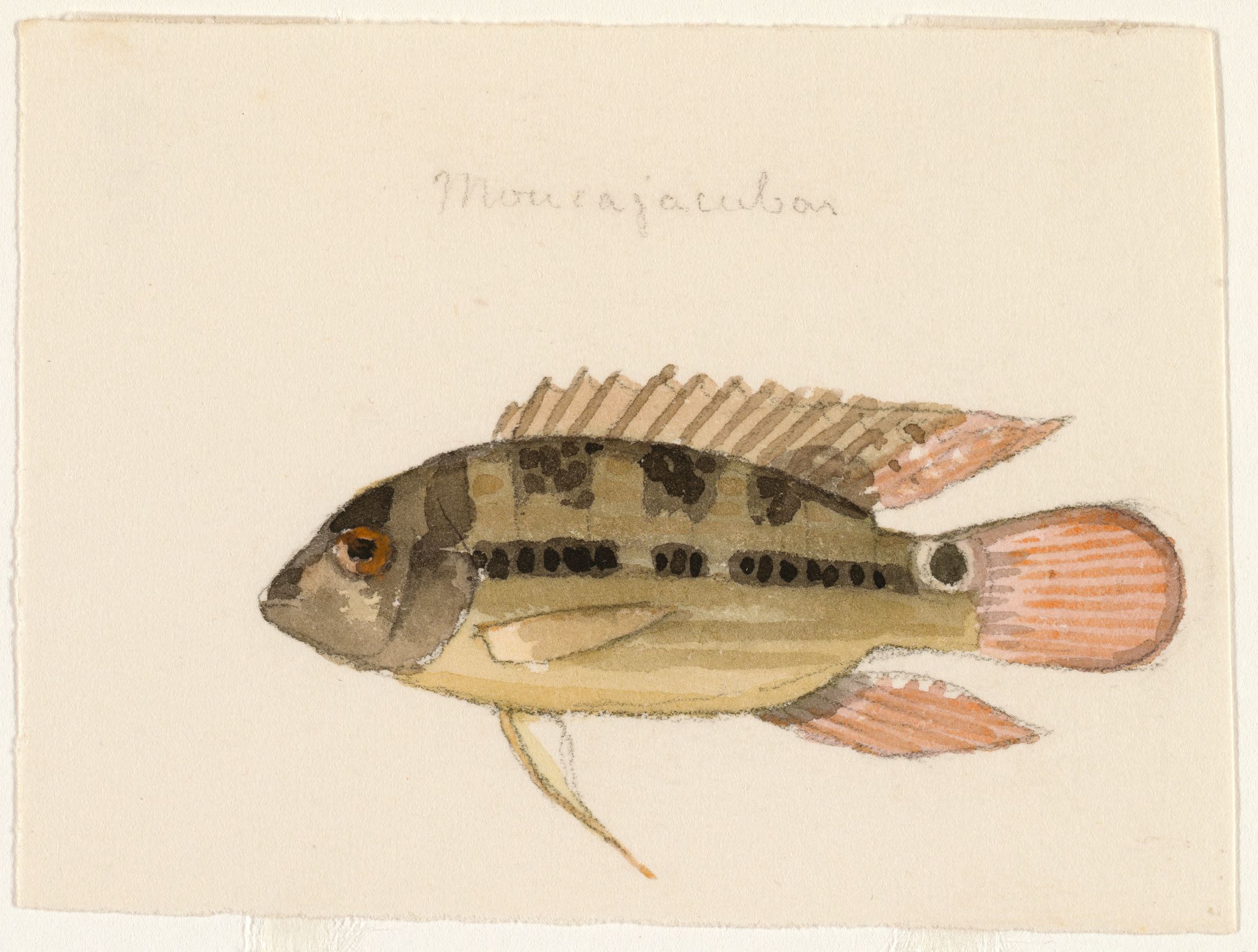|
Vieja
''Vieja'' is a genus of cichlid fish from Central America and Mexico. The majority of the species are freshwater fish found in stagnant or slow-moving waters of southern Mexico to El Salvador, but ''V. maculicauda'', which also occurs in brackish waters, ranges south to Panama. They are high-bodied cichlids that reach lengths of up to depending on the exact species. ''Vieja'' feed mostly on vegetable matter, but may also take small invertebrates. Taxonomy and species Historically, ''Vieja'' was included in ''Cichlasoma''. Once recognized as its own genus, it sometimes included most of the superficially similar, relatively large and high-bodied cichlids of Central America and southern Mexico, but several of these are now considered to belong to separate genera: ''Chuco (fish), Chuco'', ''Cincelichthys'', ''Isthmoheros'', ''Kihnichthys'', ''Maskaheros'' and ''Montecristo cichlid, Oscura'' (''Oscuro'' might still be better merged with ''Vieja'', but this remains unconfirmed). Conve ... [...More Info...] [...Related Items...] OR: [Wikipedia] [Google] [Baidu] |
Vieja Melanurus
''Vieja melanurus'', the quetzal cichlid, redhead cichlid or firehead cichlid, is a species of cichlid that is native to the Lake Petén system, the Grijalva– Usumacinta River basin and other Atlantic river drainages in southern Mexico, Belize and Guatemala, with introduced populations in a few other countries. It typically inhabits slow-moving or standing waters such as rivers, lakes and lagoons; although primarily a freshwater fish, it may occur in slightly brackish habitats. It is popular in the aquarium trade, where often listed under the synonym ''V. synspila/synspilum''. It is almost entirely herbivorous, but may also take small animal prey. ''V. melanurus'' can reach a total length Fish measurement is the measuring of individual fish and various parts of their anatomies, for data used in many areas of ichthyology, including taxonomy and fishery biology. Overall length Standard length (SL) is the length of a fish measured f ... of . Males grow larger than females ... [...More Info...] [...Related Items...] OR: [Wikipedia] [Google] [Baidu] |
Vieja Bifasciata
''Vieja bifasciata'', also known as the twoband cichlid or red-spotted cichlid, is a large and colorful freshwater fish native to Mexico and Guatemala Guatemala, officially the Republic of Guatemala, is a country in Central America. It is bordered to the north and west by Mexico, to the northeast by Belize, to the east by Honduras, and to the southeast by El Salvador. It is hydrologically b .... It is found from the River Grijalva and Usumacinta basins in western parts of Mexico and Guatemala.https://www.seriouslyfish.com/species/vieja-bifasciata/ It belongs to the family Cichlidae, which includes many popular aquarium fish. ''Vieja bifasciata'' can grow up to 12 inches (30 cm) in length and has a deep-bodied shape. It has a reddish-brown base color with two black bands running along the body, and a red or yellow patch on the forehead. The fins are also edged with different colors, and the tail fin is slightly forked. Habitat It prefers slow-moving or still waters with ple ... [...More Info...] [...Related Items...] OR: [Wikipedia] [Google] [Baidu] |
Vieja Maculicauda
''Vieja maculicauda'' also known as the blackbelt cichlid, is a cichlid fish species native to Central America from Southern Mexico to Panama Panama, officially the Republic of Panama, is a country in Latin America at the southern end of Central America, bordering South America. It is bordered by Costa Rica to the west, Colombia to the southeast, the Caribbean Sea to the north, and .... References maculicauda Cichlid fish of Central America Cichlid fish of South America Freshwater fish of Mexico Freshwater fish of Nicaragua Fish of Lake Nicaragua Fish of Panama Taxa named by Charles Tate Regan Fish described in 1905 {{Cichlasomatinae-stub ... [...More Info...] [...Related Items...] OR: [Wikipedia] [Google] [Baidu] |
Montecristo Cichlid
The Montecristo cichlid (''Oscura heterospila'') is a species of freshwater fish from the Atlantic slope of southern Mexico and Guatemala. This cichlid occurs in lagoons, creeks and rivers with slight to moderate current in the Grijalva– Usumacinta, Candelaria, Champotón and Coatzacoalcos river drainages. It is currently recognized as the only species in its genus, but it is closely related to –and possibly should be merged into– ''Vieja'' (a genus where it also has been placed in the past). The Montecristo cichlid reaches up to in standard length Fish measurement is the measuring of individual fish and various parts of fish anatomy, their anatomies, for data used in many areas of ichthyology, including Taxonomy (biology), taxonomy and fishery biology. Overall length Standard length (SL) is .... References Heroini Cichlid fish of Central America Fish of Guatemala Fish of Mexico Fish described in 1936 {{Cichlasomatinae-stub ... [...More Info...] [...Related Items...] OR: [Wikipedia] [Google] [Baidu] |
Isthmoheros
''Isthmoheros tuyrensis'', is a species of cichlid fish found in slow-moving freshwater habitats on the Pacific slope of eastern Panama. Before it was recognized as the only member of the genus ''Isthmoheros'', it was placed in several other genera, including '' Cichlasoma'', ''Vieja'' and others, but it is not particularly closely related to any of these. The nearest relative of ''I. tuyrensis'' is '' Talamancaheros''.Říčan, O., Piálek, L., Dragová, K. & Novák, J. (2016): Diversity and evolution of the Middle American cichlid fishes (Teleostei: Cichlidae) with revised classification. ''Vertebrate Zoology, 66 (1): 1-102.'' ''I. tuyrensis'' reaches up to in standard length and eats vegetable matter and detritus In biology, detritus ( or ) is organic matter made up of the decomposition, decomposing remains of organisms and plants, and also of feces. Detritus usually hosts communities of microorganisms that colonize and decomposition, decompose (Reminera .... References ... [...More Info...] [...Related Items...] OR: [Wikipedia] [Google] [Baidu] |
Cichlid
Cichlids () are a large, diverse, and widespread family of percomorph fish in the family Cichlidae, order Cichliformes. At least 1,760 species have been scientifically described, making it one of the largest vertebrate families, with only the Cyprinidae being more speciose. New species are discovered annually, and many species remain undescribed. The actual number of species is therefore unknown, with estimates varying between 2,000 and 3,000. They are native to the Neotropics, Africa (including Madagascar), the Middle East, and the Indian subcontinent, although some species have been introduced worldwide. Many cichlids, particularly tilapia, are important food fishes, while others, such as the '' Cichla'' species, are valued game fish. The family also includes many popular freshwater aquarium fish kept by hobbyists, including the angelfish, oscars, and discus. Cichlids have the largest number of endangered species among vertebrate families, most in the haplochrom ... [...More Info...] [...Related Items...] OR: [Wikipedia] [Google] [Baidu] |
Cichlasoma
''Cichlasoma'' is a genus of freshwater fish in the cichlid family. The genus was previously very large (a wastebasket taxon), including cichlids from North America, including Central America, and South America. Reclassification and subsequent splitting of the genus by Sven O. Kullander and other ichthyologists has resulted in removing many of the former species from ''Cichlasoma'' to genera such as ''Amphilophus'', '' Archocentrus'', '' Herichthys'', '' Heros'', '' Nandopsis'', '' Parachromis'', '' Thorichthys'', ''Vieja'' and others in the tribe Heroini. Species According to FishBase, there are currently sixteen recognized species in this genus, but three very different Middle American taxa ("''C.''"'' geddesi'' a synonym of '' Herichthys deppii'', and "''C.''"'' istlanum'' and "''C.''"'' trimaculatum'' placed in ''Amphilophus'') are not included by Catalog of Fishes, effectively limiting ''Cichlasoma'' to a group of rather similar, medium-small cichlids of South America. ... [...More Info...] [...Related Items...] OR: [Wikipedia] [Google] [Baidu] |

